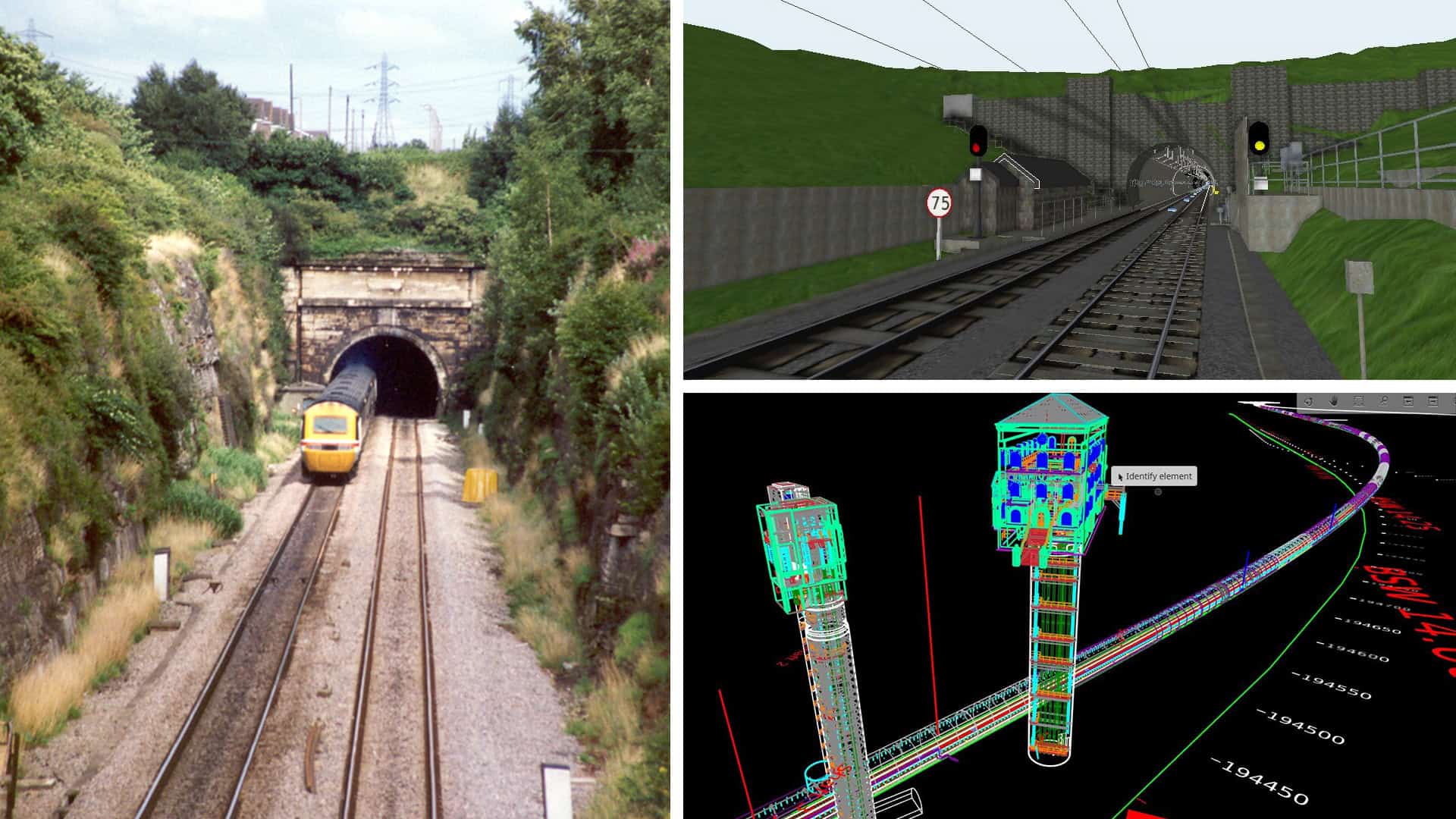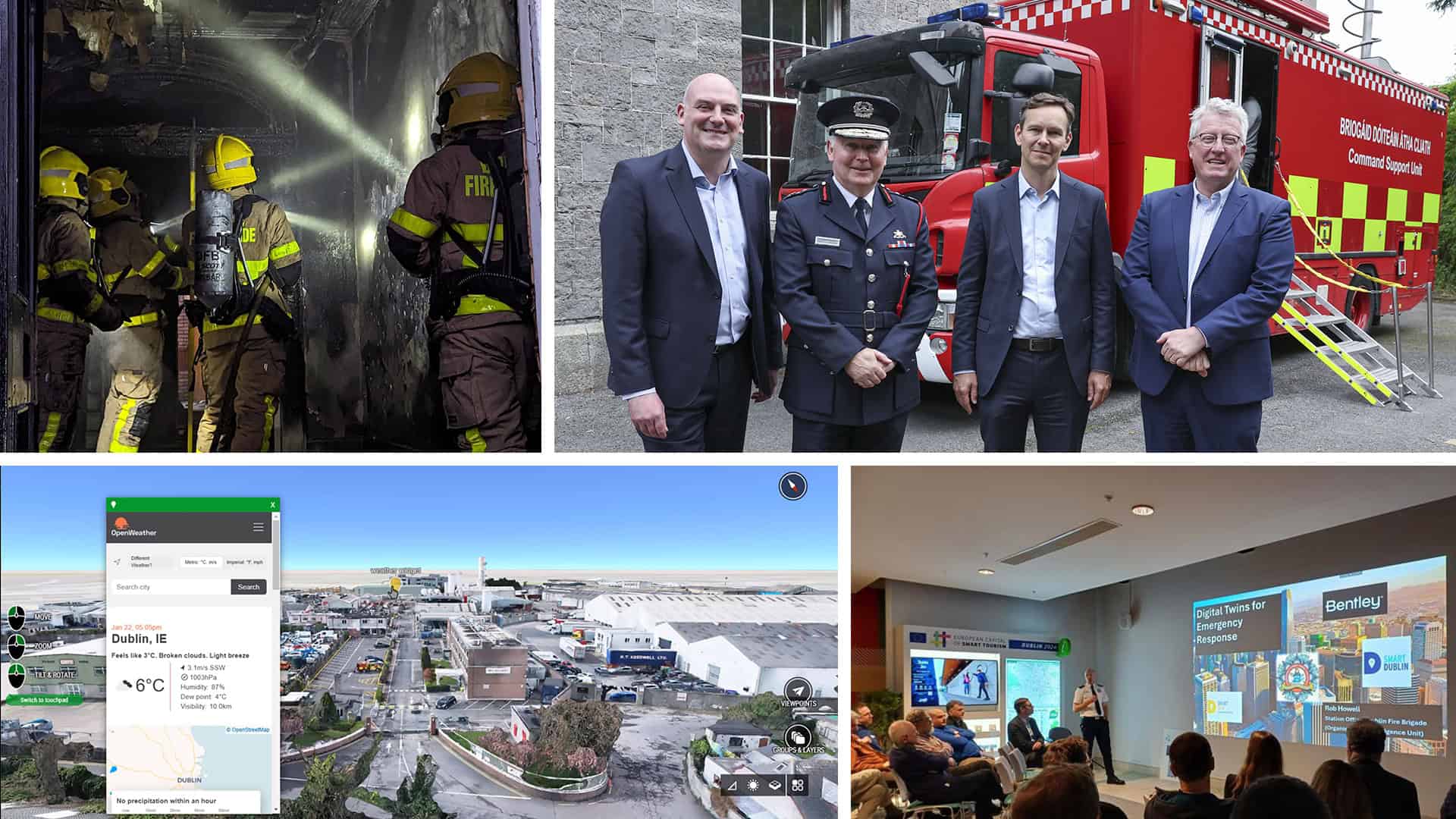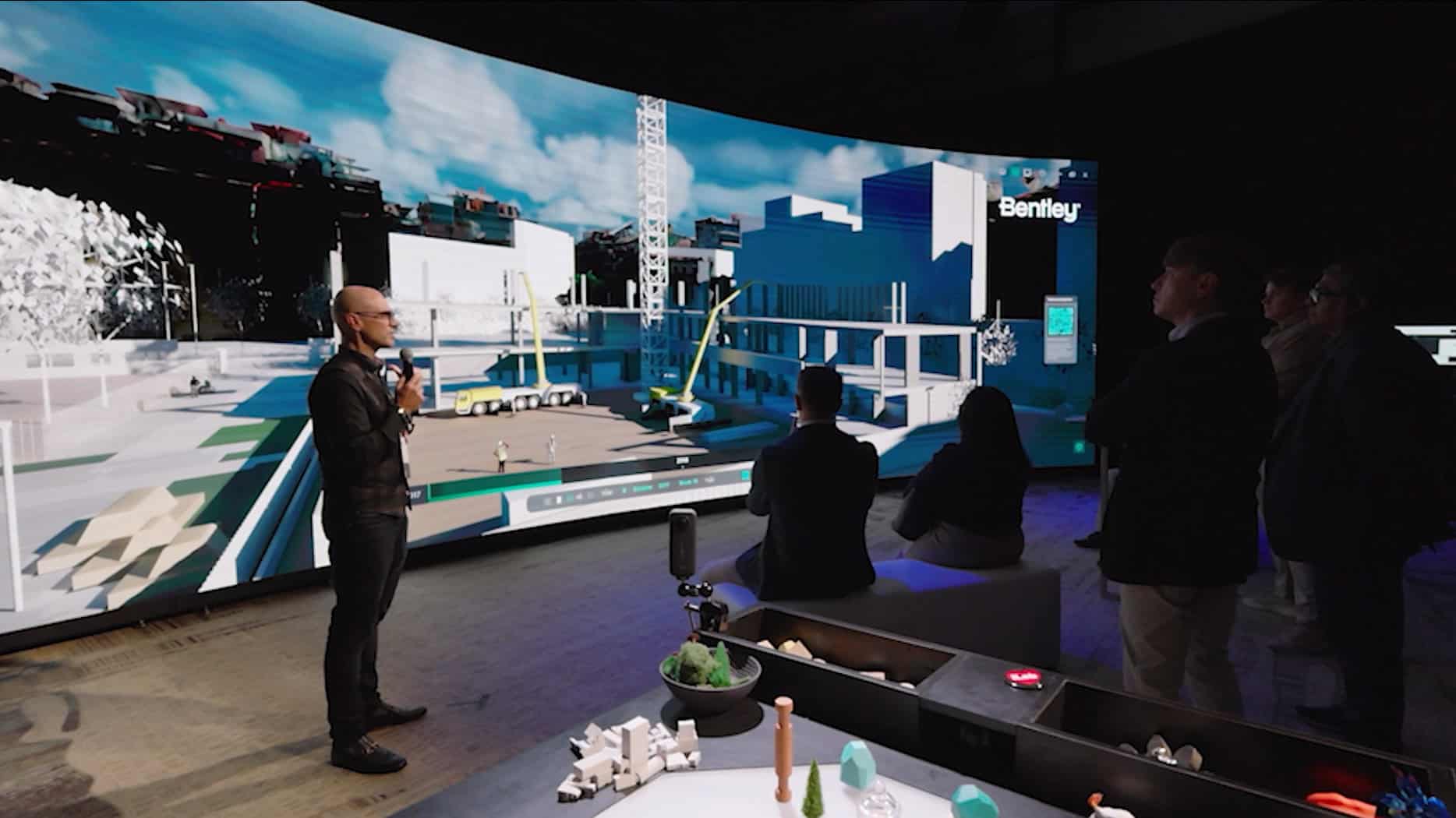Globally, we continue to witness the increasingly destructive impacts of climate change on human and natural systems. The increased frequency and intensity of extreme climatic events such as wildfires, floods, and droughts are costing lives, disrupting infrastructure, economies, and setting back development progress that has taken years to establish. According to research published in the journal Nature Climate Change, at least 85% of the world’s population has been affected by events directly related to climate change and extreme weather events. In January of this year, the Washington Post reported that more than 40 percent of Americans live in counties that were hit by climate-related disasters in 2021.
In 2015, two crucial pathways for a sustainable future were defined.
At the Paris Agreement, most of the world committed to a common goal of keeping the increase in global temperatures to below 2°C and confirmed continuing efforts to limit temperature rises to 1.5°C. This international treaty on climate change was signed at the 2015 United Nations Climate Change Conference (UNFCCC). As of November 2021, 193 members of the UNFCCC are parties to the agreement.
Also in 2015, all UN Member States adopted the 2030 Agenda for Sustainable Development, a plan of action defined by 17 UN Sustainable Development Goals (SDGs) in areas of critical importance for humanity and the planet, to be implemented by every country till 2030. SDG 13 is about “Taking Urgent Action to Combat Climate Change”. Crucially, SDG 13 underlines that the task is being advanced under the UNFCCC to minimize the duplication of efforts and optimize finite resources.
According to the two pathways described above, we have now less than ten years to halve global greenhouse gas emissions and meet the Paris Agreement’s goal of limiting global warming to less than 1.5°C. This is undoubtedly one of the most significant innovation challenges we have ever faced. Furthermore, while we face this decarbonization challenge, we simultaneously need to implement “incremental and transformative solutions” in order to keep up with the “rapid and significant changes in our climate and our world,” according to the most recent IPCC report.
Approximately 79% of all global greenhouse gas emissions come from infrastructure, according to the United Nations Environmental Programme. Although the energy sector remains the most significant contributor to greenhouse gas (GHG) emissions, infrastructure systems play a direct role in nearly all of the top 11 sectors where our society produces most greenhouse gases that are changing our climate, according to Climate Watch.
On the other hand, infrastructure is a crucial driver for growth, employment, and better quality of life. Moreover, there cannot be significant progress on climate action without infrastructure. Low-emission, climate-resilient development pathways depend on how, when, and at what scale we future-proof our infrastructure and make it sustainable.
The climate change challenge
The 2030 milestones to achieve the Paris Agreement and SDG targets are rapidly approaching. In face of a climate emergency, action is desperately required to reduce climate change and its harmful impacts ensuring that future development is sustainable, resilient, and inclusive. Furthermore, while making “the big shift” to mitigate climate change and decarbonize infrastructure is an extraordinary task, we simultaneously need to adapt and increase resilience to the climate change effects that are already underway.
An unprecedented transformation is underway in infrastructure, helping reduce carbon emissions and making our communities more resilient to the inevitable impacts of climate change.
We can see this transformation already happening on multiple levels – with the coronavirus pandemic accelerating the pace even more. Consumers and employees have never been so active and aware of the climate emergency: Cities are adopting SDGs as a high priority; Environmental, Social and Corporate Governance (ESG) investing is exploding within the private sector, with impressive numbers in venture capital and mergers & acquisitions recorded over the last few years and particularly in 2021; Stricter regulations and a shift toward green public investment to address climate change mitigation and adaptation challenges are already on the agenda of many governments; and finally, ESG is now an essential and strategic component of almost every business strategy through increased reporting and disclosure along with corporate directives to establish net-zero pledges, commitments, or even transitioning business strategies to turn risks into opportunities.
A call to action
I’ve been passionate about the environment since I started working on a research and development team for ecology and marine resources 20 years ago. The research center director was my environmental engineering Ph.D. supervisor and a great mentor. He told me many times that “the most valuable asset of any organization is its soul: a shared purpose, built around an audacious goal and a set of common values.” His words made an immediate and significant impact on me.
For Bentley, that shared purpose is to empower our users to advance infrastructure responsibly. We call it Empowering Sustainable Development Goals or ES(D)G for short. Our conviction is that it is our users, the engineers, builders, owners, and operators of infrastructure who, –aided by the power and insights provided by our software, can future-proof the infrastructure needed to accomplish the UN Sustainable Development Goals (SDGs). Therefore, we often speak of Bentley’s SDG “handprint” as our corporate goal to empower our users to achieve SDGs globally.
“The most valuable asset of any organization is its soul: a shared purpose,
built around an audacious goal and a set of common values.”
I’m now fully convinced that digital twin solutions will be an essential enabler and accelerator in transforming infrastructure performance towards sustainable development goals.
But why?
Managing infrastructure usually involves managing complex supply chains (demanding data synchronization), a multidiscipline approach (with multiple data formats, needing proper alignment), and long-lived assets (thus data needs to be transferable across all lifecycle stages).
Currently, digital twins are the only technological approach to efficiently address all those infrastructure challenges, enabling faster transitioning towards low-carbon, resilient pathways.
More than a year ago, during the pandemic, I was conducting market research on the environmental industry. As I witnessed the acceleration of digital transformation across our users and partners, it became evident that we could harness our digital twin technology to support better and smarter decisions around environmental engineering, specifically through tracking of environmental KPIs and carbon intelligence.
As I gathered more information across multiple colleagues, peers, and users, I was overwhelmed by the large number of engineers calling out for better and more efficient workflows for measuring environmental footprints and developing life cycle analysis (LCA) for their infrastructure projects.
Some engineers envisioned purpose-built solutions where environmental impacts were not only quantified and reported but also reduced, based on informed decisions starting in the early stages of infrastructure projects. The first obvious use-case was to build a solution for carbon footprint assessment and embodied carbon optimization for infrastructure projects.
Engaging innovation ecosystems
The iTwin platform is Bentley’s open, scalable, purpose-built cloud platform for developing infrastructure digital twin (iTwin) solutions. The iTwin platform allows developers to build applications that solve data integration challenges, visualize, track changes, and create insights and reports on complex infrastructure assets, using at their core vendor-agnostic digital twins that bring together infrastructure data where it is and in the format in which it was created.
iTwins are continuously updated with data from the physical asset or natural environment, which are critical to understand and model the asset and its environmental performance. iTwins allow federating, aligning, and synchronizing multi-discipline data in a connected environment so that users can visualize, track change, perform scenario-based and predictive analysis, and create reports to better understand and optimize performance across all infrastructure lifecycle stages. We became certain that, thanks to these capabilities, the iTwin platform would be an essential enabler and accelerator in transforming infrastructure ESG performance, for example promoting carbon transparency, and disclosure use cases.
We use the iTwin platform at Bentley to develop our own solutions. However, we also make it available for developers at engineering firms, independent software vendors, and integrators, who in turn can create and bring to market solutions that solve real-world problems leveraging infrastructure digital twins.
We do this because we believe that no single entity can tackle the multitude of potential applications and use cases needed to fully empower users around the world to build and operate better infrastructure. That’s why we are actively seeding collective action and collaboration with strategic partners, organizations, and communities with carefully selected programmatic initiatives to create an innovation ecosystem fueled by our iTwin platform.
We decided to tap into the iTwin innovation ecosystem to start bringing to the market a collaborative approach for integrating LCA solutions with our digital twins. This collaborative approach brings the best of two worlds: first, the strong environmental engineering expertise of existing organizations specializing in LCA solutions, and second, our breakthrough capabilities for infrastructure digital twins through the iTwin platform. The result already achieved is a seamlessly integrated workflow developed in collaboration with One Click LCA Ltd – a leader in automated life cycle assessment software, for life cycle assessment and embodied carbon calculation capabilities that can make One Click LCA’s cloud services available to Bentley’s solutions or third-party applications powered by iTwin.
 One Click LCA Carbon Report obtained from the quantities exported via the Bentley iTwin platform.
One Click LCA Carbon Report obtained from the quantities exported via the Bentley iTwin platform.As of this writing, Bentley’s infrastructure digital twin solutions powered by iTwin, and third-party applications built on the iTwin platform, can unlock infrastructure life cycle assessment workflows, accelerating environmental reporting and project “optioneering”, as well as optimizing the selection of materials and products. We believe this is a game-changer, offering infrastructure engineers unprecedented efficiency in carbon calculation and life cycle analysis, which will allow them to better address their sustainability challenges. We are excited to see how our users and iTwin innovators will apply this powerful new capability across industries and the infrastructure lifecycle.
Infrastructure defines our climate and engineers are at the forefront of future-proofing infrastructure. Empowering sustainable development goals is Bentley’s most strategic priority of the next decade, and we want to have our “handprint” all over ensuring that engineers have the best digital solutions at their disposal so they can build better infrastructure and build infrastructure better.












